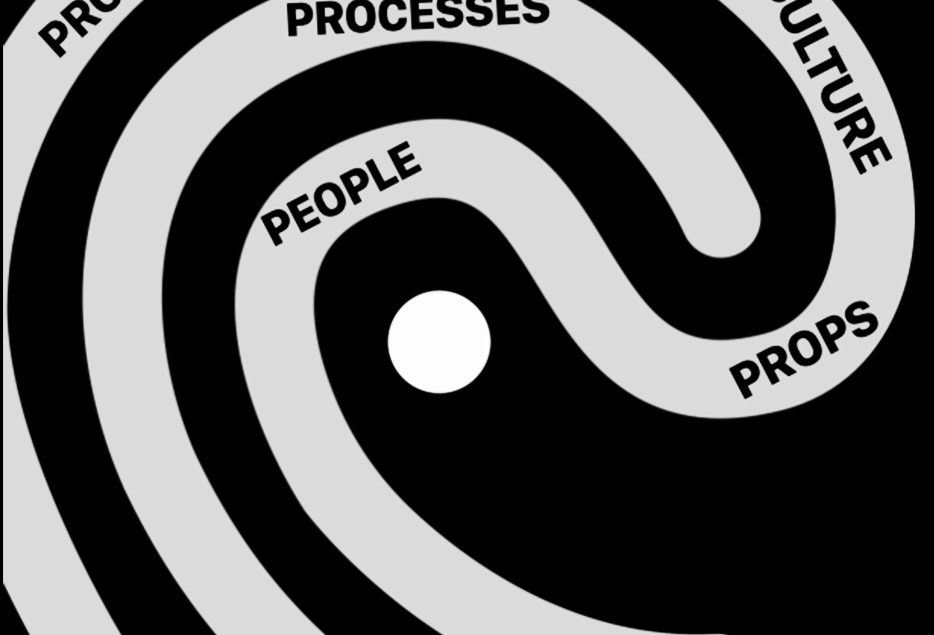IXDA talk: Sustainability is good for business, better for consumers.
I was invited to talk about ‘Culture and Sustainability’ at the World Interaction Design Day hosted by IxDA and Adobe in October 2020.
Sustainable user-centric design choices have always been intrinsic to my work.The event post is linked here. I was joined by Ethan Bischoff, Senior Executive at Accenture Interactive, and Vanathy Lakshmi, Product Head at Sally Beauty, who brought their perspective on digital services in the retail industry.
You can watch the full event video here or view my talk below.
Talk transcript:
Hello everybody, Happy World Interaction Day!! While starting my journey in India, working with Not for Profit organizations to now work as a VP in JPM and educator in digital services, sustainable and inclusive practices have always been a top priority. I have realized that culture change for sustainability is not just good for business it’s better for our consumers. I am honored and excited to be joined by Ethan Bischoff and Vanathy Lakshmi today.
True to my design genes, let me start with some context. From sending an email to ordering grocery or lifestyle products online or even streaming this live event— digital services have invaded our daily lives — all of which has significantly increased with the advent of COVID 19.
Retail companies such as Amazon, Shopify, and Alibaba have seen the biggest market cap growth in the last few years. When we look at online retail services, we are often designing them without worrying about our planet or human beings. Sadly enough, the biggest commodity in all of this is us humans, who are often exploited to purchase more than we need. Connected devices are amplifying these impacts considerably – such as amazon’s one-click order functionality that lets you order from your apple watch or Alexa on a whim.
Let’s be honest: digital transformation does not align with sustainability and environmental transition. In a race to increase consumer inputs by offering multimodal touchpoints and the Internet of Things, companies are pushing silicon processing bounds. This processing-power-arms-race depends on the utilization of abiotic resources and is accelerating climate change impacts and biodiversity collapse. Up to 30% of items on amazon are returned, with the highest in apparel and footwear. In December 2019, UPS alone collected 1 million return packages, EVERY DAY!
Is this really the digital world we want to pass on to our children? As leaders in retail technology and product, when we look at the end to end lifecycle, what are some gaps in how we approach the design of digital services in retail that adversely affect human, economic, and environmental efficiency?
Now, that we have addressed some gaps, let’s focus on measures that we can take to design responsible digital services. Where all wills — business leaders, end users, technologists, and designers — converge towards a holistic solution addressing economic efficiency, social equity, and sustainable practices. We need to think not only in terms of burdens of impact reduction but also in terms of leverages of value creation. This new posture that brings meaning and inclusion is a great opportunity to propagate more creative and accessible services while reducing technological debt.
As a designer, deeply rooting digital interactions on user’s optimal needs has been fundamental to my design process. This helps in reducing functional fat. Speaking of optimal needs – studies have found that 73% of consumers prefer to purchase from environmentally friendly brands, and the younger demographic is willing to spend 50% or more for eco-friendly products — How can we then, help our consumers make more environmentally conscious decisions as they clearly are inclined towards making better choices?
Keeping this in view, what are some key actions needed to make a sustainable cultural change to build purpose and resilience from the ground up?
